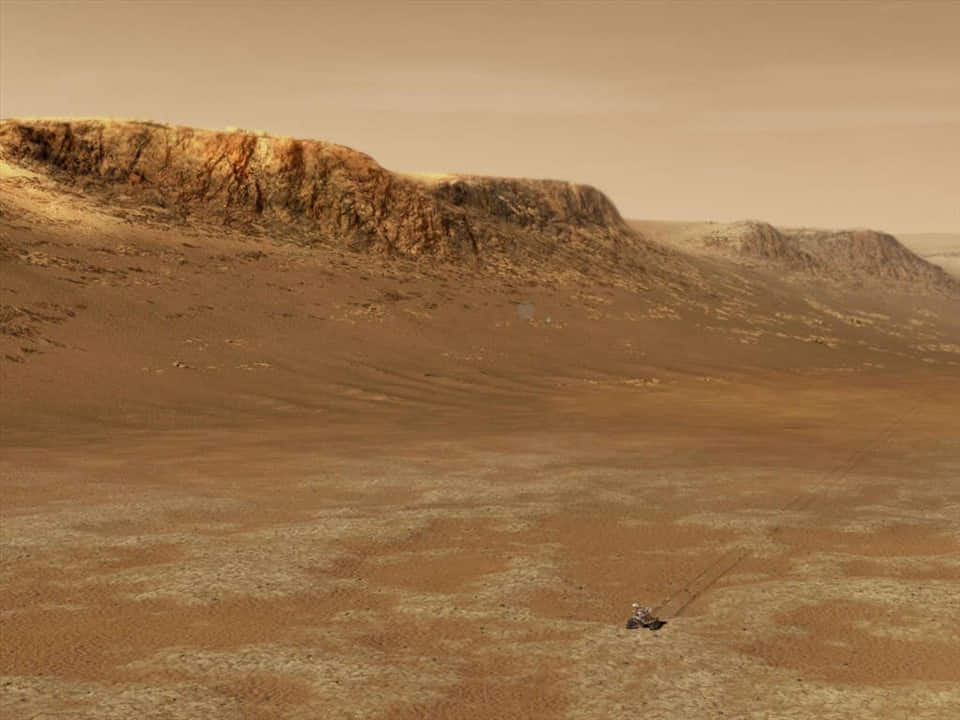Live Science reviews some of the most notable research and discoveries on the journey to hunt for alien life that the world’s astronomers are constantly pursuing.
1. Black holes hide “superior” civilizations
A study published in July 2021 in Monthly Notices of the Royal Astronomical Society warns that astronomers are focusing too much on finding Earth-like planets and ignoring a potential form of life world. : black hole.

A black hole can provide 100,000 times more energy than a star like our Sun, which nearby alien civilizations can collect using high-tech structures called is a Dyson sphere. Therefore, worlds around black hole regions need attention.
2. Don’t look for planets like Earth!

Research published in August 2021 in the Astrophysical Journal confirms that “Hyceans” – ocean planets that are 2.5 times larger than Earth and have a hydrogen-rich atmosphere are an extremely suitable environment for microscopic life. Extreme creatures, similar to the life forms we have found underground, in underground lakes in ice, in volcanic craters… on Earth. Hycean planets are much more common than Earth-like planets.
3. Enceladus must have life!

Research published in June 2021, based on evidence of methane emitted from Saturn’s moon Enceladus collected by NASA’s Cassini spacecraft, confirms that the impressive “tiger stripes” of this moon are area that sprays water ice particles into space, carrying with them a range of organic compounds. That is also where life is hiding in the underground ocean.
4. Is Oumuamua an alien probe?

That is a statement confirmed through many layers of evidence, gradually introduced over the years and especially in a book published in 2021 by astronomer Avi Loeb from Harvard University (USA). Oumuamua is a cigar-shaped asteroid, proven to be an extrasolar object. Dr. Loeb and his colleagues present evidence that its behavior is extremely unusual and they believe that it is a disguised technological product from a civilization outside the solar system.
5. Thousands of worlds have witnessed human evolution?

A study published in the journal Nature in June 2021 showed that from stars within a radius of 300 light years from us, there are at least 1,700 potentially habitable planets that can be observed on Earth. Work led by associate professor Lisa Kaltenegger from the Carl Sagan Institute at Cornell University confirms that many of these planets may have civilizations much more advanced than ours, capable of observing Earth people evolve. while our technology is still too poor to contact them.





